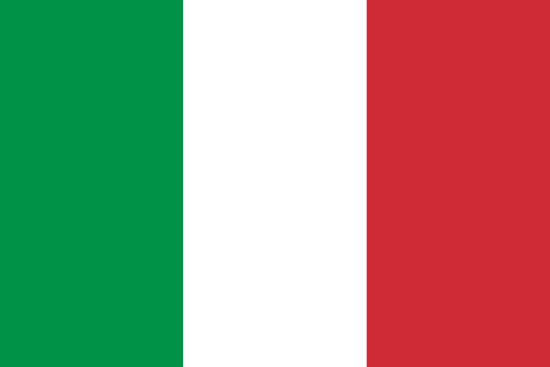"Milano da bere | Milan to drink"
About:
Milan, a city in northern Italy, was founded by the Celtic Insubres in 600 BC. It was later conquered by the Romans in 222 BC, becoming a key center of Western civilization. Over centuries, it was ruled by Visigoths, Huns, and Lombards. In the 12th-13th centuries, Milan emerged as a leading European commercial and financial hub. It fell under Spanish rule in 1535, and Austrian rule in 1714. In 1861, Milan joined the unified Kingdom of Italy. Today, it's a global capital of fashion and design.
When to visit:
Milan is a vibrant city in Italy that offers a unique experience for visitors throughout the year. The best time to visit Milan for a holiday is during the spring and fall seasons, specifically in April to May and September to October. During these months, the weather is mild, and the city is less crowded compared to the peak summer months. Visitors can enjoy exploring Milan's historical landmarks, shopping districts, and cultural attractions without the sweltering heat or winter chill. Overall, visiting Milan during the shoulder seasons provides a pleasant and enjoyable experience for holidaymakers.
When to avoid:
Milan, Italy, experiences its busiest and most crowded periods during major holidays such as Christmas, New Year's, Easter, and Italian national holidays. During these times, the city is flooded with tourists and locals alike, leading to long lines at popular attractions, higher prices for accommodations, and limited availability for dining reservations. The streets and public transportation can become congested, making it difficult to navigate around the city efficiently. Travelers looking to avoid the crowds and higher costs may want to consider visiting Milan during the quieter shoulder seasons or mid-week periods.
Winter (Dec-Feb)
In Milan, the coldest and wettest period typically spans from November to March. Average temperatures can drop to 2°C (36°F) in January, the coldest month. Rainfall peaks in November with an average of 109mm. Days are short, with only 3-4 hours of sunlight, and cloud cover is high, often leading to a grey, overcast sky. Snow is rare but possible. For a visitor, an average day may involve bracing the chilly, damp weather, often requiring warm layers and waterproof clothing. Indoor activities, like visiting museums or cafes, are popular during this period.
"Summer (June-August)"
The warmest part of the year in Milan, Italy, typically spans from June to August, with July being the hottest month. During this period, average high temperatures range from 27°C to 31°C (80°F to 88°F), while the lows range from 17°C to 20°C (63°F to 68°F).
Rainfall is relatively moderate during these months, with an average of 60-75 mm of precipitation spread across 8-10 days per month. The city experiences a good amount of sunlight, with about 8-10 hours of sunshine per day.
Humidity ranges from comfortable to slightly muggy, with average relative humidity around 60-70%. The sky is partly cloudy, with cloud cover fluctuating between 30% to 50%.
A typical day for a visitor in Milan during the warmest part of the year feels warm to hot, especially in the afternoon. Mornings and evenings are relatively cooler and more comfortable. The city is generally bright and sunlit, with occasional cloudy periods and short-lived rainfall. It's a great time for outdoor activities and sightseeing, but remember to stay hydrated and wear sun protection.
Language:
Italian is the primary language spoken in Milan, as it is the official language of Italy. However, due to Milan's status as an international city, English is also widely spoken, particularly in business and tourism sectors. Additionally, a local dialect known as Milanese or Meneghino, which is a variant of Lombard, is spoken by some residents.




